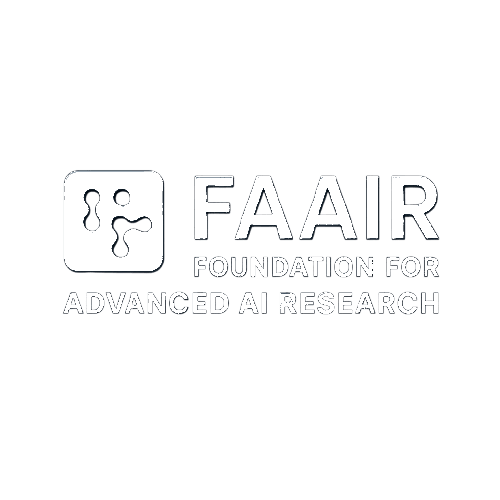
Enhancing Governance and Public Service Delivery with AI
FAAIR uses AI to streamline governance and public services in India, enhancing transparency and efficiency. The IndiaAI Mission, launched in 2024, projects an AI industry value of $28.8 billion by 2025.
Recent Developments (2025)
- IndiaAI Mission: ff10,300 crore allocated over five years for AI capabilities.
- Centres of Excellence: CoEs in Healthcare, Agriculture, Sustainable Cities, and Education (ff500
crore). - Compute Infrastructure: 18,693 GPUs at ff100/hour.
- Skilling: Five CoEs to train 1 million AI professionals by 2026.
- AI Models: BharatGen, Sarvam-1 (10 languages), Hanooman’s Everest 1.0 (35 languages).
- Applications: Mahakumbh 2025 used AI for crowd management via Bhashini’s Kumbh Sah’AI’yak
Chatbot. - Challenges: Data privacy and legacy infrastructure.
Impact and Future
AI fosters trust and efficiency, with FAAIR scaling inclusive governance. Future includes blockchainintegrated AI for transparency.


Who’s Who
1. Rajesh Kumar
FAAIR’s Governance AI Lead.
2. Ministry of Electronics and IT
oversees IndiaAI Mission.
3. NITI Aayog
Promotes AI governance.
Technical Insights
- Natural Language Processing (NLP): Transformer models like BERT power multilingual chatbots, using self-attention:
 Enables contextual understanding for citizen queries in 35 languages.
Enables contextual understanding for citizen queries in 35 languages.
- Graph Neural Networks (GNNs): Optimize resource allocation:
 Models relationships in schemes like PM-Kisan.
Models relationships in schemes like PM-Kisan.
- Computer Vision: CNNs for facial recognition and crowd management.
- Predictive Analytics: Gradient Boosting minimizes loss sequentially for resource prediction.
- Biometric Identification: ML models secure Aadhaar-based AEPS.
- Alignment: Differential privacy protects citizen data.
Case Studies
1. Bhashini:
Real-time translation for governance services.
2. Tamil Nadu FRS:
AI for school attendance and pest control.
References
India’s AI Revolution












Leave a Reply